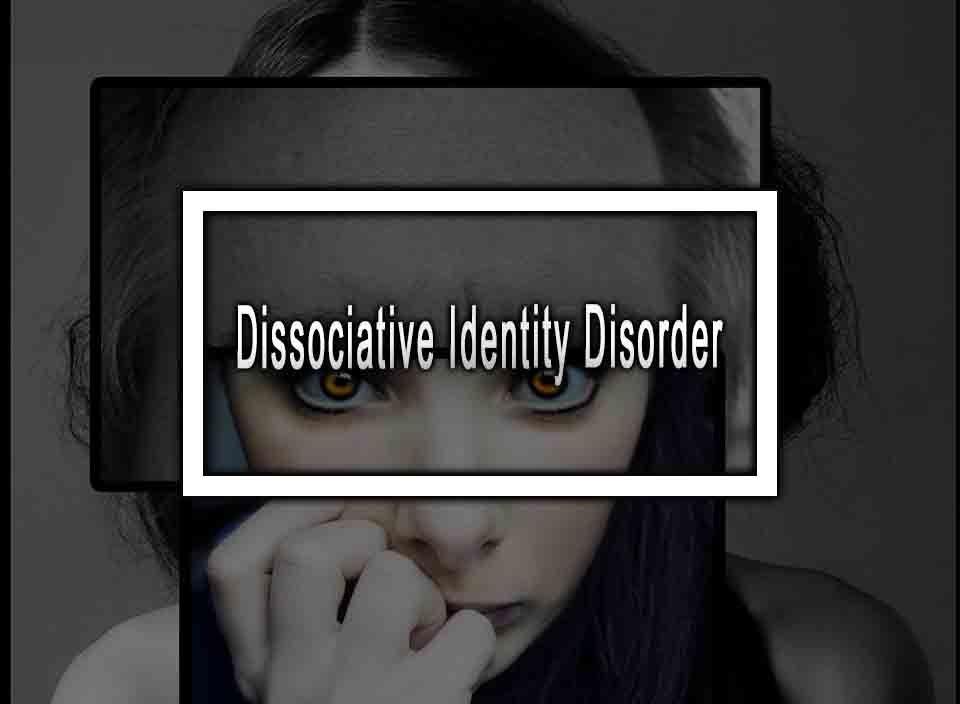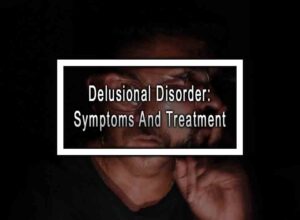Table of Contents
ToggleWhat Is Dissociative Identity Disorder?
Dissociative Identity Disorder (DID), also known as Multiple Personality Disorder, is a mental disorder characterized by the presence of two or more distinct personality states or identities. It is an uncommon and challenging disorder that affects an individual’s sense of identity, memory, and perception. Dissociative Identity Disorder is typically caused by an individual’s experience of severe and repetitive physical, emotional, or sexual abuse during childhood. The symptoms of DID tend to develop as a coping mechanism for the trauma, where the individual dissociates from reality as a way of protecting themselves from intense pain and suffering.
Dissociative Identity Disorder is a debilitating mental disorder that has a significant impact on an individual’s life, and it often goes undiagnosed and unaddressed. People living with DID often struggle with mistrust, shame, and rejection from their loved ones, which only adds to their emotional pain. However, with proper diagnosis and treatment, individuals living with Dissociative Identity Disorder can manage their symptoms and lead a fulfilling life.
Symptoms of Dissociative Identity Disorder
The symptoms of Dissociative Identity Disorder are often severe and can affect an individual’s ability to function in everyday life. Some of the most common symptoms include:
- Presence of two or more personality states: The most distinct symptom of DID is the presence of two or more identities or personality states. These identities are often different in terms of speech patterns, mannerisms, and behavior.
- Memory Loss: A person with DID might experience significant gaps in their memory that are not consistent with typical forgetfulness or age-related memory loss.
- Nightmares: Individuals with DID may suffer from recurrent nightmares that involve themes of violence, abuse, or distressing life events.
- Depression and Anxiety: Individuals with DID may struggle with depression, anxiety, and suicidal thoughts.
- Disturbances in Perceptual Experience: People with DID may experience changes in their perception of the world around them, such as feeling out of their body or feeling like reality is unreal or distorted.
- Self-harm: Many individuals with DID may engage in self-harm, such as cutting or burning themselves, as a way to cope with their intense emotional pain.
- Addiction: Many people with DID may be at higher risk for substance abuse disorders as one of the ways to cope with their emotions.
Diagnosis and Treatment of Dissociative Identity Disorder
Diagnosing Dissociative Identity Disorder can be challenging as the condition often mimics other psychiatric disorders. It is typically diagnosed after careful evaluation by a mental health professional. The evaluation process typically involves a comprehensive medical exam, psychiatric evaluation, and detailed personal history of the individual’s symptoms and experiences.
The treatment for Dissociative Identity Disorder typically involves a combination of medications, psychotherapy, and hypnotherapy. The primary goal of treatment is to help individuals decrease the frequency and intensity of their dissociative episodes. Psychotherapy, particularly cognitive-behavioral therapy, can be helpful in managing symptoms and improving overall functioning.
Hypnotherapy is a form of therapy that focuses on helping an individual access their unconscious mind to recognize and process their past traumas. Hypnotherapy can be a useful tool for people with DID as it helps access hidden traumatic memories that trigger dissociative episodes.
Medications such as antidepressants and anti-anxiety medications may also be prescribed to help individuals manage their symptoms and improve their overall mood.
However, the treatment of Dissociative Identity Disorder is complex and requires a holistic approach that involves addressing physical, emotional, and social needs. The individual must undergo several years of treatment to recover fully, making it important to get professional help as soon as possible.
Conclusion
Dissociative Identity Disorder is a mentally debilitating disorder that requires specialized treatment from a mental health professional. Individuals with DID often feel a sense of shame and isolation from their loved ones, which makes it even more challenging to manage their symptoms. However, with the proper diagnosis and treatment, individuals can learn to manage their symptoms and prevent further damage to their lives. It is important to discuss your concerns with a mental health professional and seek help if you or someone you know might be experiencing symptoms of Dissociative Identity Disorder. With the right support, individuals with Dissociative Identity Disorder can recover and live fulfilling lives.
Dissociative Identity Disorder FAQ
Here are the most common questions about dissociative identity disorder.
What causes DID?
The exact causes of DID are not fully understood, but it is believed to be the result of severe and repeated trauma or abuse during childhood. Other risk factors may include a family history of trauma or a history of dissociative symptoms.
How is DID diagnosed?
DID is typically diagnosed based on a careful assessment of a patient’s symptoms and history, along with clinical interviews and psychological testing. Special training is often required to diagnose DID, as the condition can be complex and easily misdiagnosed.
How is DID treated?
Treatment for DID typically involves a combination of therapy, medication, and support from family and loved ones. The goal of treatment is to help patients manage their symptoms and develop coping mechanisms to deal with their condition.
Is DID a controversial diagnosis?
Yes, DID is often controversial due to a lack of understanding and misunderstanding about the condition. Some critics argue that DID is a fabrication or a product of suggestion, while others suggest that it is overdiagnosed or misdiagnosed.
Can people with DID live normal lives?
Yes, people with DID can live normal and fulfilling lives with proper treatment and support. However, treatment can be complex and long-term, and progress may vary from person to person. It is important for individuals with DID to have access to ongoing support and resources.
How common is DID?
The prevalence of DID is difficult to determine due to the complexity of the condition and the challenges associated with diagnosing it. Some estimates suggest that it affects less than 1% of the general population. It is believed to be more common in women than in men.
More like this: Major Depressive Disorder












